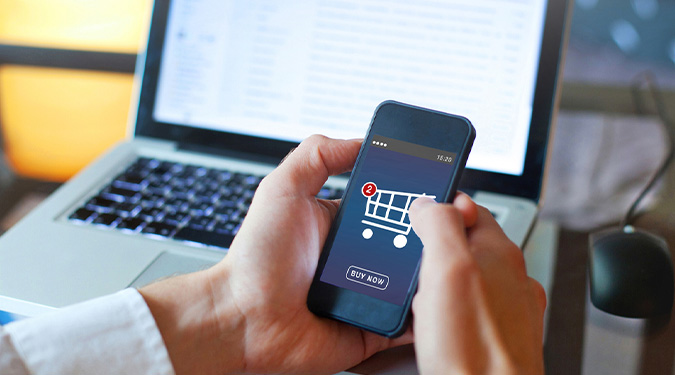Table of Contents
Sales growth through eProcurement has been and will continue to be a key business priority in 2024 and beyond. Forrester predicts B2B eCommerce sales will be more than $2.3T in 2024, exceeding $3T by 2027.
Integration plays a key role in an increasingly digital landscape. Suppliers who embrace its potential and promote it effectively to their buyers will see impressive return on their eCommerce investment.
eProcurement integration enables business growth by creating frictionless, scalable and flexible connections between supplier and buyer systems and processes. Buyers and suppliers no longer need to deal with the hassle of manual data entry or maintaining what can be upwards of hundreds of connections. Instead, they use specialized software providers such as TradeCentric to build, manage and scale integrations, streamlining processes and optimizing the end-to-end transaction flow.
Suppliers need to take the lead in promoting their integration benefits to their buyers. This article showcases how that process works and the unique value that TradeCentric brings to achieving eProcurement integration.
How to promote eProcurement integration to buyers
1.Recognize shared value
The first step is to understand the mutual benefits and value for both suppliers and their customers.
With the progression of digital business, B2B eCommerce and eProcurement platforms have significantly evolved. However, in numerous instances, the interaction between them often hinges on manual data transfers and input between buyer and vendor systems or relies on custom, individualized connections.
This slows interactions, generates unnecessary work and increases errors. Upgrades to eCommerce or eProcurement platforms, such as moving from SAP Hybris to SAP Commerce Cloud, require investment and substantial IT department involvement to migrate large numbers of individual buyer integrations.
eProcurement integration through TradeCentric allows for a single connection for a supplier network and optimizes end-to-end transaction flows between buyers and suppliers, eliminating wasted time and effort while creating a flexible, scalable platform built for strategic growth.
2.Understand the buyer’s business
Suppliers need to focus on business strategy as well as technology to sell eProcurement integration.
It is critical to discover where each of their buyers stand from a business perspective, and where eCommerce integration can add most value for that customer. Here are key questions to gather information about buyer readiness:
- Does the customer use any type of purchasing platform?
- What platform do they use?
- Do they have PunchOut catalog capabilities?
- Do they have requirements for suppliers to be added to their platform?
- If there is no platform, do they have a plan to implement one in the future?
From this, suppliers can build an approach focused around where the buyer is in their B2B commerce journey. Knowing this information will not only help suppliers successfully promote eProcurement integration, but it will help to drive more effective engagement with buyers.
3.Deploy the correct strategy
When promoting eProcurement integration capabilities, use this successful five-stage approach:
- Discover: Establish the essential understanding of the buyer’s business. Adding customer segmentation and defining customer personas helps with categorization, to identify common areas of value.
- Enable: Leverage that understanding to educate everyone internally, from IT to sales to marketing, on how procurement integration relates to the specifics of their job and solves buyer’s needs.
- Engage: Sell the benefits outside your organization to gain commitment and buy-in, defining in detail how procurement integration will add value to their business.
- Integrate: Build the picture of success to meet the specific needs of each buyer.
- Adopt: Create and implement launch plans, track success and drive growth.
How TradeCentric adds value
TradeCentric encompasses in-depth technical expertise, experience and resources, enabling integration of virtually any combination of technologies and languages efficiently and at best cost.
At its core is the only purpose-built Integration Platform as a Service (IPaaS) for eCommerce, an integration platform that manages multiple one to many eCommerce to eProcurement integrations, creating seamless end-to-end transaction flows between suppliers and customer. This removes the onerous technical overheads normally associated with taking on new buyers and eCommerce platform migrations.
What next?
To learn how TradeCentric can help sell eProcurement integration to customers and deliver growth through eProcurement, visit TradeCentric’s profile on the SAP Store, or email [email protected].




